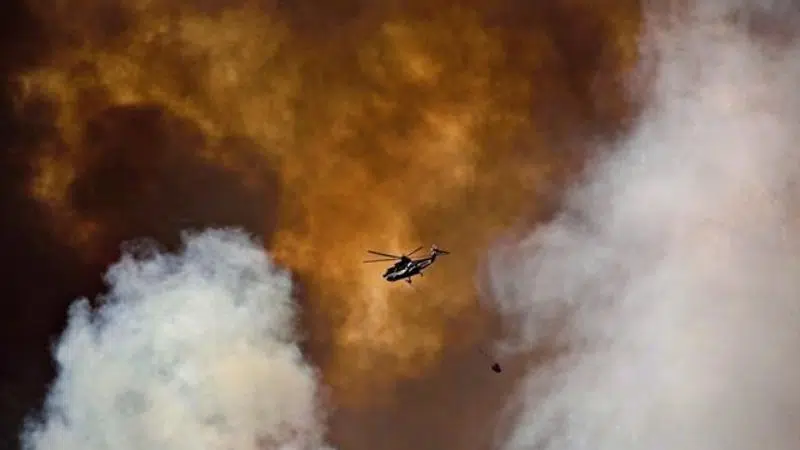
Federal fire officials update forecast for this year’s wildfire season
EDMONTON — This year’s fire season forecast is normal across the country for the month of May, but the hazard is expected to increase for much of Western Canada this summer.
Natural Resources Canada’s Northern Forestry Centre in Edmonton, one of five research centres with the Canadian Forest Service, provided the update on Wednesday.
“For the month of May, we are showing normal or below-normal levels of expected fire severity through the entire country,” said Richard Carr, a wildland fire research analyst.


